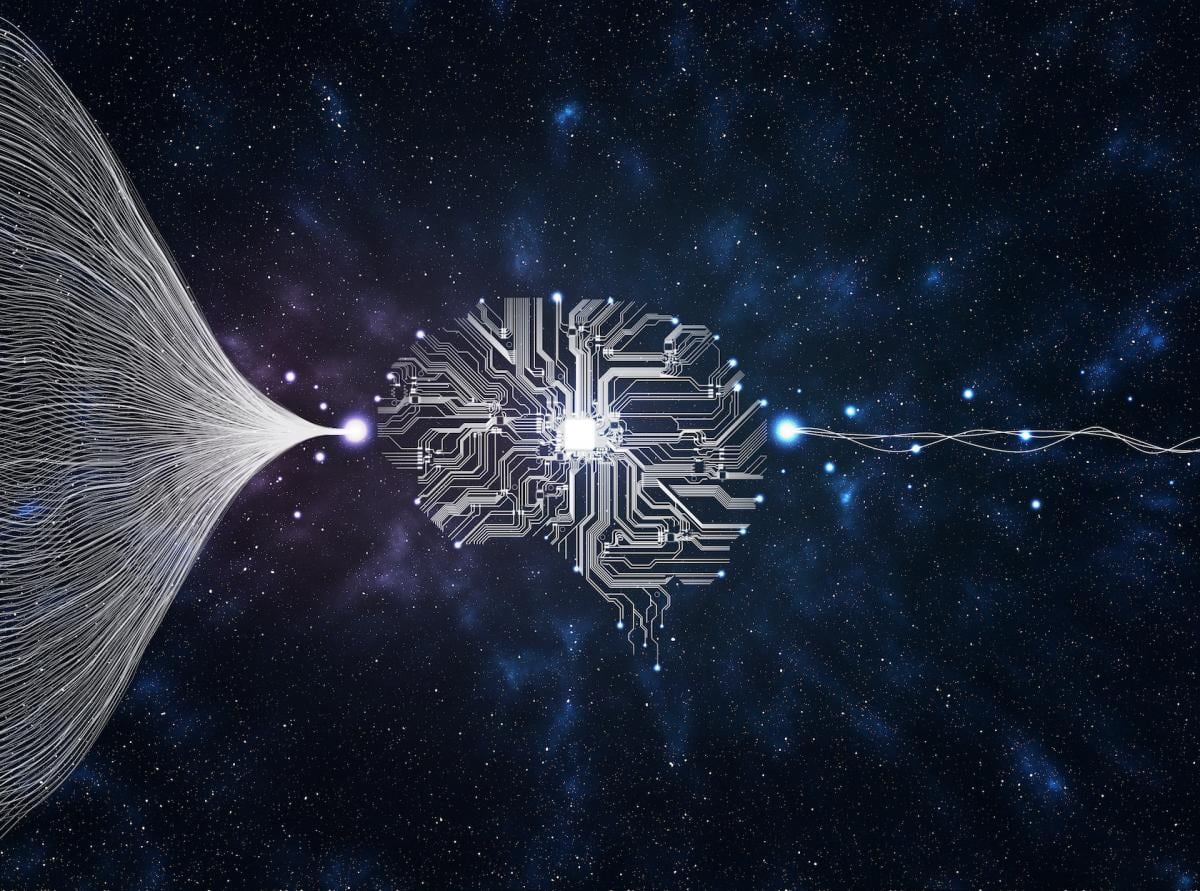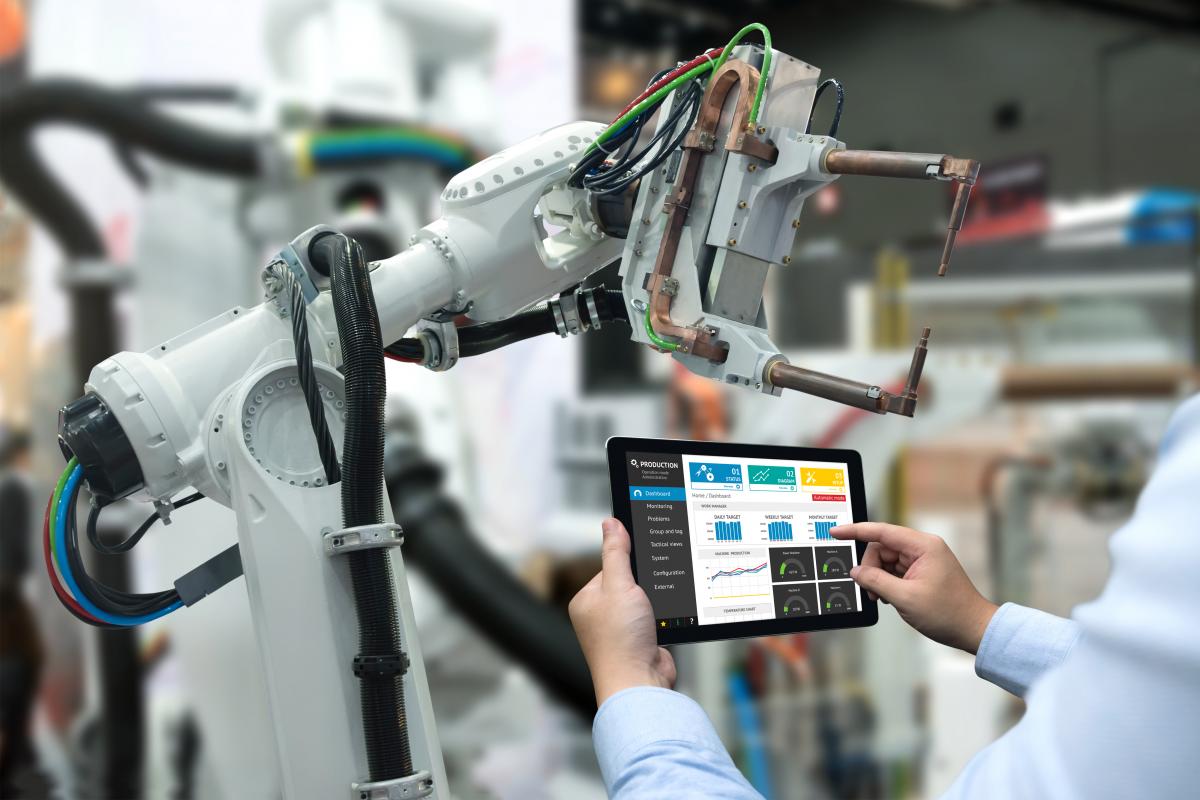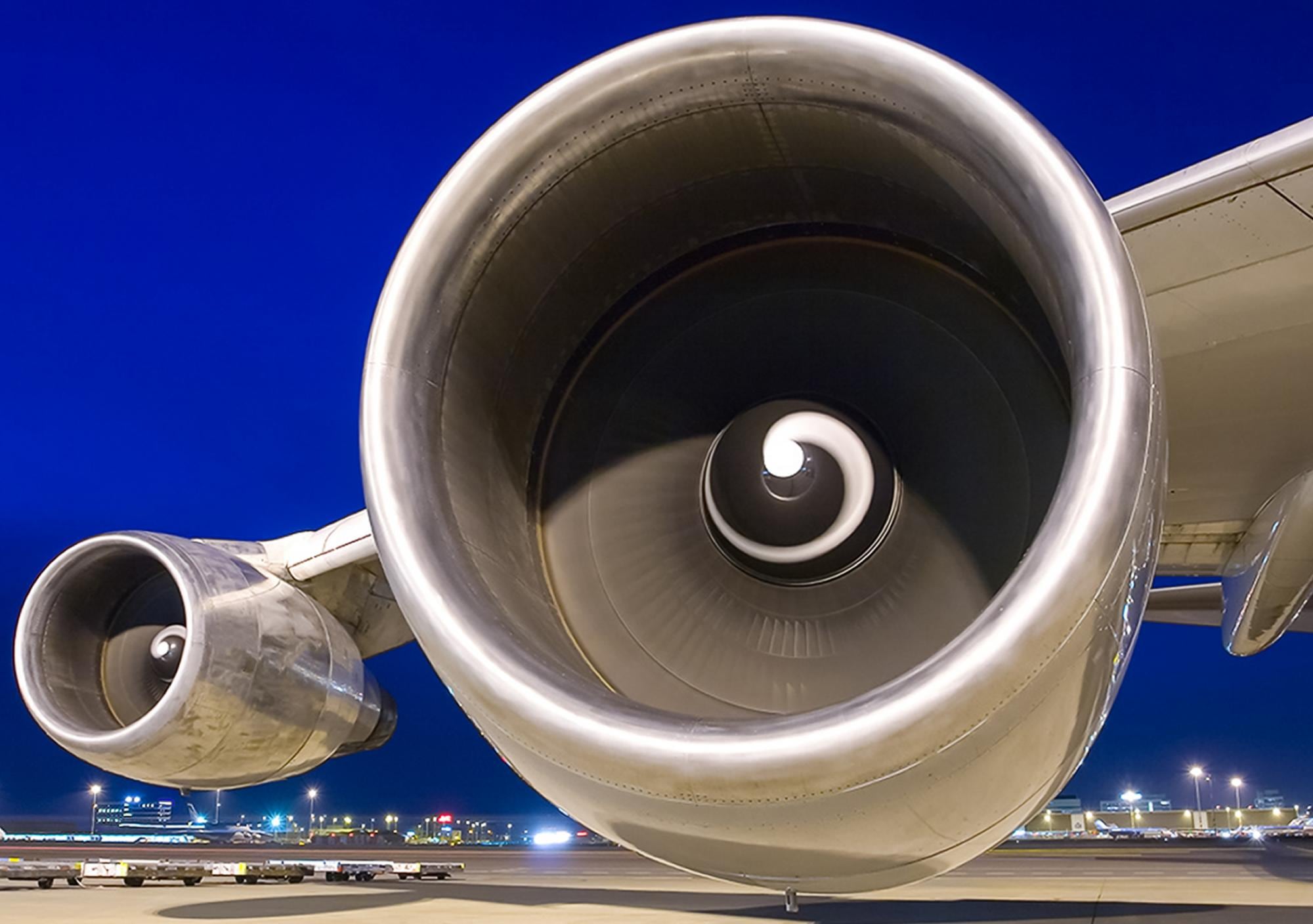Our most basic offering, raw machine translation output is produced by one of our off-the-shelf solutions with no human editing. This solution:
- Doesn’t take terminology or style into account
- Is typically used to get the general gist, particularly in scenarios where the content types are very generic and don’t have a specific client focus
- Is also used when there’s a heavy volume of content
This solution involves customized machine translation engines trained with client assets to produce the content with no human editing. This solution:
- Has improved accuracy and higher quality
- Requires a minimum of 50,000 sentences for training to achieve meaningful improvement over baseline quality
- Leads to significant quality gains
- Is highly recommended in any scenario in which machine translation is used without human editing
Light post-edited machine translation involves linguists to a certain extent. Linguists will correct machine translation output with the minimum number of changes only when the target is not understandable or doesn’t convey the meaning of the source. This solution:
- Produces an understandable translation with no major errors, but it’s not stylistically perfect
- Is intended for lower-priority content where speed is more important than quality
- Might produce a translation that sounds literal or unnatural
Our full post-edited machine translation solution is a top-quality translation process with enhanced efficiency provided by our neural machine translation. In this workflow, a linguist and subject matter expert turns the machine translation output into high-quality content. The goal of this solution is to have the same final quality as a standard human translation process. This solution:
- Produces a final product that’s equivalent to a human translation-only process
- Can be followed by a proofreading and/or quality management step, just like a standard workflow
- Usually maintains the same number of steps as a human translation workflow, with the first step becoming a full post-editing step instead of a translation step
- Is suitable for structured, technical content
- Is good for other types of content, including highly visible, customer-facing content
Frequently asked questions
Neural machine translation (NMT) is based on an algorithm that learns from existing translations created by humans. NMT improves fluency and morphological agreement (the structure of words and parts of words) as well as the context of each word and its meaning. By leveraging sophisticated deep learning technology, NMT represents another leap forward in making MT smarter.
Machine translation works by running content through computer software that's based on various algorithms, including neural networks. The software reads and analyzes the content and then generates a translation.
We have a range of MT services to suit every business use case, whether you need machine translation to quickly understand a document or to translate an entire product catalog.
The most basic level of involves raw (pure) machine translation with no human involvement, which can be performed with one of our generic, off-the-shelf engines or with an engine that's customized using previously translated content.
If a human touch from a professional translator is required, our light post-editing service will leave the final translation grammatically correct, while our full post-editing service will employ the style, flow, and terminological accuracy expected from a standard human translation.
We can support over 40 language pairs with our proprietary neural machine translation engines and many more with third-party providers.
Although machine translation can theoretically be used for any language combination, not every language is equally suitable for MT. Factors such as grammatical complexity and the availability of large volumes of high-quality language data mean that amount of savings that you can achieve using MT varies across different languages.
Several metrics are available for evaluating MT quality, each of which can be adapted to different use cases.
The metrics we use most frequently are post-editing (Levenshtein) distance, BLEU, and COMET, but we also make extensive use of subjective linguistic feedback from our team of professional translators and subject matter experts.
For guidance on how to conduct a holistic, objective-driven evaluation of MT quality for your business use case, please contact aiteam@translations.com.
Machine translation can be used for a variety of applications across many different industries. Typically it works well with content that is highly structured and technical, but it can also be applied to content that is more creative in nature.
Common applications include content produced by clinical research organizations in the life sciences space, legal and financial groups, hospitality and travel companies, retail and e-commerce enterprises, software manufacturers, and even on media.
The primary benefits of machine translation include reduced costs, faster turnaround times, and the abillity to handle large volumes of work. Additionally, MT-powered workflows can help ensure high-quality translations by capturing brand or company-specific style, tone, and terminology, and implementing it at the source.
On average, machine translation can reduce the costs associated with a traditional human-only workflow by 30% and can shorten turnaround time by up to 50%. These figures can vary depending on the language pair, content type, and subject matter.
Human translation involves using human professional translators, whereas machine translation is run through computer software with no human involvement. In many cases, the best translation is a combination of human and machine translation: the software produces a first pass at the translation, and then human translators review and refine the translation. That translation is then fed back into our translation memory (TM) software to be applied to future projects.
A common misconception is that our machine translation (MT) engines work just like our translation memories (TM). While the latter is updated automatically at the end of each project to be reused for subsequent projects, the former requires manual intervention for improvement and enhancement. For most MT-powered projects, we use both our MT engines and translation memories in tandem to achieve optimum translation quality and savings.
We're proud of the company we keep











